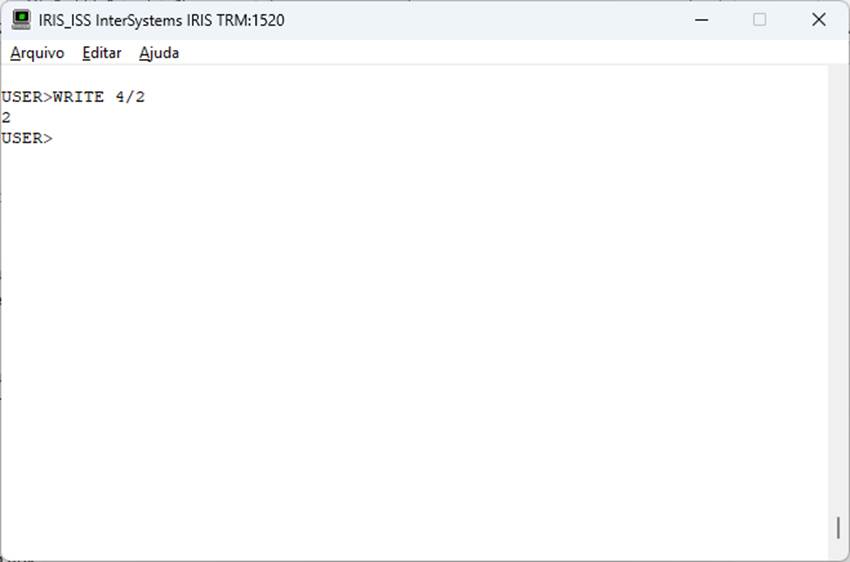Modern SQL engines are enormously complex pieces of software. Even when they appear stable and mature, subtle bugs can hide in their optimizers, type systems, predicate evaluation, or execution layers. These bugs rarely announce themselves loudly. Instead, they quietly produce incorrect results, behave inconsistently, or fail abruptly under specific combinations of SQL constructs.
This is precisely why tools like SQLancer exist. SQLancer automatically generates SQL queries and uses logical “oracles” to detect when a database behaves incorrectly. It has revealed hundreds of real bugs in widely used systems such as MySQL, PostgreSQL, SQLite, and DuckDB.

With this in mind, I attempted to bring SQLancer to InterSystems IRIS, starting with the NOREC oracle — a powerful method for detecting optimizer correctness issues. The journey, however, uncovered not just potential SQL correctness problems, but also a surprising number of driver-level and server-level failures that prevented SQLancer from running at full strength.
This article summarizes why SQLancer is important, how the NOREC oracle works, and what unexpected findings appeared while testing IRIS.

.png)



.png)
.png)
